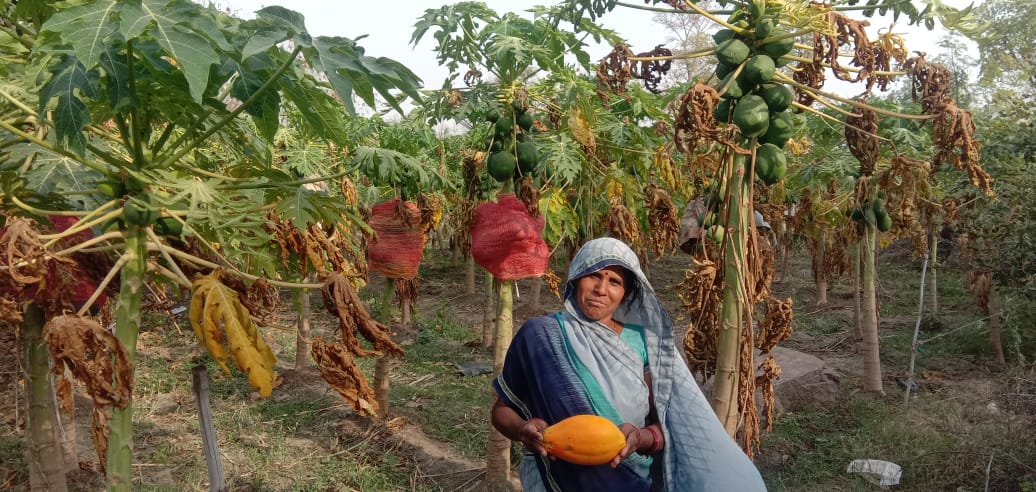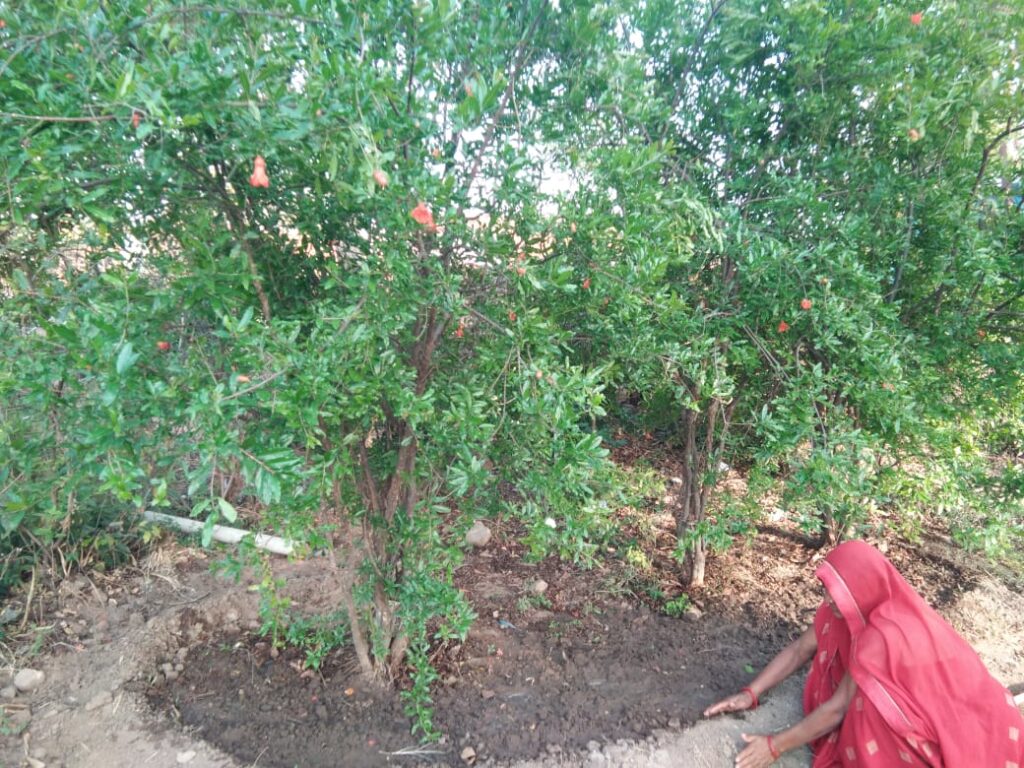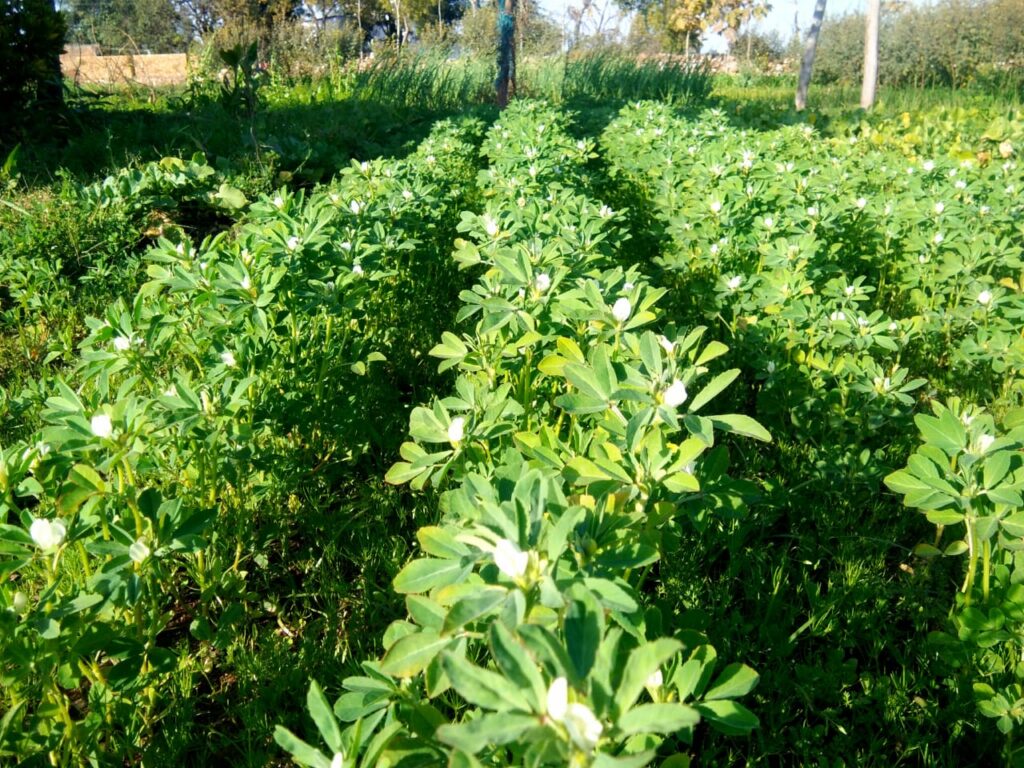
Climate change and the multiplying effects of the COVID-19 pandemic have come together to further push smallholder farmers into hunger and poverty. The rise in global average temperatures, as well as increased unpredictability of rainfall, are having profound impacts on agriculture and inevitably affecting smallholder production systems leading to environmental degradation and food insecurity. Moreover, smallholder farmers are increasingly losing out on market opportunities while the supply chains are getting disrupted. The WFP estimates 135 million people face crisis levels of hunger, and another 130 million are on the edge of starvation as a result of COVID-19.
Despite their importance in global food production, smallholder farmers comprise the majority of the world’s undernourished population and most of those living in absolute poverty (UN Millennium Project 2005a; IFAD 2011a). Smallholder farmers are characterized by marginalization, in terms of accessibility, resources, information, technology, capital and assets
“Though we were cultivating vegetables for decades, it was limited to 3-4 species and varieties. This was due to a lack of proper knowledge and awareness among women like us.” says Ms. Nanibai, member of Awar Mata Kishan Samoh, India.
Food security continues to be a matter of grave concern for countries like India. Despite being the second-largest producer of food, India is home to the world’s second-largest undernourished population (195.9 million) Food secure households with adequate nutritional status would mean improving what people eat, in terms of quality, quantity, and diversity. This in turn requires efforts related to availability as well as economic access to the food supply.
Smallholder farming have the potential to impact human nutrition by providing a variety of food in sufficient quantities to enable all household members to eat a nutritionally adequate diet. With their immense collective experience and intimate knowledge of local conditions, smallholders hold many of the practical solutions that can help place agriculture on a more sustainable and equitable footing.
Smallholder Adaptive Farming and Biodiversity (SAFBIN) programme worked with smallholder farmers to have greater availability of a variety of nutritious foods at community and household levels through introduction of new crops and animals, the promotion of traditional food crops, and home based nutrition gardens. A total of 756 small farm families in the programme areas in India have diversified with 13-14 varieties of local fruits and vegetables and are consuming locally produced culturally preferred balanced diet by adding necessary vitamins and minerals in their daily food intake.

The farmers have not looked back since then. They have been busy in diversifying their farms and nutrition garden tending to the plants, vegetables and trees and preparing organic manures and insect repellents to promote their growth and protect them from pests.
Creating awareness on the importance of consuming vegetables to address micronutrient deficiencies, sanitation, personal hygiene and attention to the health of pregnant and lactating mothers with children in particular has been central. Coordination with local stakeholders like Anganwadi, nutrition rehabilitation centers district health department, school committee was an integral component of SAFBIN nutrition awareness drive.
“The community-led approach initiated to combat malnutrition by the SAFBIN program is accepted by many farmers in our village. It is really helpful for us to know about the local food as well as their health. I have my own nutrition garden with 13 varieties of local fruits and vegetables in my backyard now for around the year.” Said Rampyari, a member of Chandni Kishan Samoh of Khusipura village.

Promotion of climate resilient and nutritionally relevant local vegetables and fruits have resulted in greater resilience of the farmers. Seed exchanges among the farmers contributed to improved agrobiodiversity and maintenance of a diverse pool of indigenous seeds in the districts.
The conceptualization of a nutrition garden aims to address the daily food requirement for the family. Nutrition gardens are nothing but home gardens of natural and bio-fortified fruits and vegetables of high nutritive value where the species selection is inclusive of the three vegetable groups viz., green leafy vegetables, roots and tubers and other vegetables with specific attention to addressing micro-nutrient (vitamins and minerals) deficiencies, particularly iron and vitamin A. Usually, in rural areas where the diets particularly of pregnant and lactating women, pre-school children are generally found deficient in micro-nutrients. However, these nutrition gardens ensure staple-based diets with a significant portion of proteins, vitamins, and minerals, leading to an enriched and balanced diet.